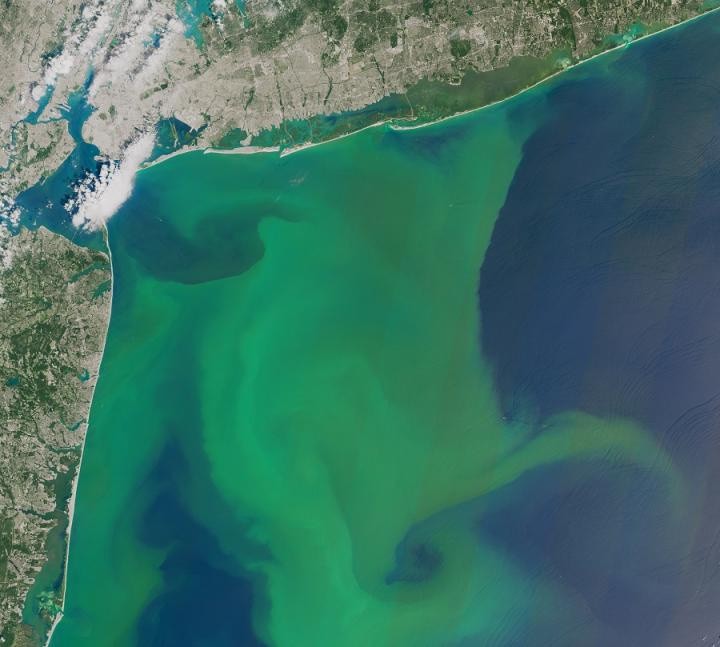A toxic algal bloom off the coast of California is being blamed for the recent surge in mysterious deaths among sea lions and dolphins.
Marine biologists and environmental agencies have raised alarms as the number of affected marine animals continues to climb, with many washing ashore on beaches from San Diego to San Francisco.
Algal Bloom's Deadly Impact on Marine Life

The algal bloom, identified as a harmful species of Pseudo-nitzschia, produces domoic acid, a potent neurotoxin. According to Newsweek, this toxin is believed to be the primary cause of the neurological symptoms and eventual death observed in the affected sea lions and dolphins. The toxin accumulates in fish and shellfish, which are then consumed by these marine mammals, leading to poisoning.
The California Department of Fish and Wildlife (CDFW) has reported that over the past month, more than 60 sea lions and a dozen dolphins have been found dead along the California coast. The CDFW has issued warnings to the public, advising against the consumption of shellfish from affected areas and urging caution when encountering stranded or dead marine animals.
Scientists from the Marine Mammal Center have been working tirelessly to rescue and rehabilitate affected animals, but the severity of the toxin's effects has made recovery difficult.
The Los Angeles Times reports that this year's bloom is one of the largest and most toxic in recent history, raising concerns about the long-term impact on the marine ecosystem. Environmental groups are calling for increased monitoring and research to better understand the factors contributing to these harmful algal blooms, which are exacerbated by climate change and pollution.
What is an Algal Bloom?
An algal bloom is a rapid increase or accumulation of algae in water systems, often resulting in a thick, greenish layer on the water's surface. These blooms can occur in both freshwater and marine environments and are typically caused by a combination of factors, including warm water temperatures, high nutrient levels (such as nitrogen and phosphorus from agricultural runoff or sewage), and sunlight.
Algal blooms can be harmful, especially when they involve toxin-producing species like Pseudo-nitzschia, which produces domoic acid. This neurotoxin can have severe effects on marine life, causing illness or death in fish, birds, and mammals that consume contaminated water or prey.
In humans, exposure to toxins from algal blooms, particularly through the consumption of contaminated shellfish, can lead to serious health issues.
© 2025 NatureWorldNews.com All rights reserved. Do not reproduce without permission.





